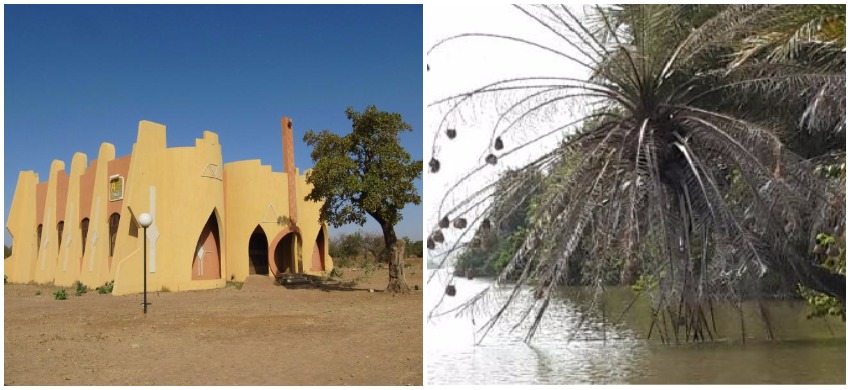
Twi is an Akan dialect spoken by around 6 million people in Ghana. Asante Twi is spoken in the Ashanti Region, while Akuapem Twi is spoken in the Eastern Region, those are the two major dialects.
The alphabet of the language is unique and consists of 17 letters and 10 digraphs. Twi is a significant element of Ghanaian culture and legacy, since numerous proverbs, folktales, and songs have been passed down orally down the decades.
Akan is a language that is prevalent among the people of Ghana. At least 30% of Ghana’s population is able to speak this language fluently. However, it is more dominant in the south where it is spoken by 58% of the population. The language is also known as Fante and has several dialects. Akan’s popular dialects include the Asante and the Akuapem that is also referred to as the Twi language. The third is Fante.
The three dialects have different orthographies but are mutually intelligible even though each has different written forms. To solve this issue, however, the orthography committee responsible for the development of the Akan language combined the dialects to form a common orthography with about 20,000 words. This was also done to ease communication in primary schools since this language is used to give instructions in classes.
Twi Language and Dialect in Ghana – What You Need to Know
Vowels
The Akan vernaculars have about 14 to 15 vowels. Of the 15 vowels, four or five are tense vowels with advanced tongue retraction (ATR), another five are considered ‘Lax’ vowels and have the retracted tongue root. The ‘Lax’ vowels are also represented by the 7 vowel orthography though not comprehensively. The last case of the vowels are the nasal vowels which also are also five in number.
Tones
The Twi language has three different phonetic tones. The high tone which will be denoted as /H/ for the purpose of easier explanation and understanding, the medium tone denoted as /M/ and the low tone denoted as /L/. It should, however, be noted that the initial syllable can only have either a low or high pitch. Learning the tones will highly influence how well you are able to effect the tone terracing to improve the way you speak the language as well as maintain the flow of the language.
Tone terracing
Like in any other language, the phonetic pitches of either of the tones depend on the particular situation and environment that they are used in. The various tones are lowered after the other tones to give a gradually lowering tone that is also called tone terracing. This gives the speaker a unique feel and helps to make the same words have different meanings if pronounced in different tones. High tones /H/ have a similar pitch as a /H/ or an /M/ that comes before it and has a similar tone. Remember this is because as stated earlier, the starting syllable has only a /H/ or /L/ tone. In the same sense, the medium pitch has a lower pitch in the /L/ range.
When it comes to sequencing the tones, different tone sequences will affect the pitch differently if the sentence is to make sense. For example, a /HH/ and an /MH/ sequence have a standard and uniform pitch. However, a /HM/ and an /MM/ have a lowering pitch. Notice that by changing the position of the ‘M’, it changes the entire tone of the sequence. If the pitch /H/ comes after the pitch /L/, then the /H/ pitch has to be lowered. One should note that /L/ tone is considered the standard pitch. It only occurs in reduplicated prefixes and as expected it is at the bottom of the speaker’s pitch range.
If the sequence comes in the /HLH/ sequence then the pitch is raised. However, the last /H/ in this scenario has to be lowered. After learning the tones and the tone terracing, it would help to get some very common words to practice on. It would also help to learn the words as they would come in handy in the event that you were travelling to West Africa and more specifically Ghana. Some of the words could also help you understand the locals better.
| Akan | English |
| Akwaaba | Welcome |
| Aane | Yes |
| Yiw (Akuapim) | Yes |
| Yoo-oh | Okay/Alright |
| Daabi | No |
| Da yie | Goodnight |
| Me din de… | My name is… |
| Dwom/nnwom | A song or music |
| Meda wo ase | Thank you |
| Mepa wo Kyew | Please or excuse me |
Note that after the first noticeable syllable of a given clause, usually the /H/ tone, there is a down step. Learning many languages can be very important, and even though one might not know where or when they might be able to use them, it is always better to be forearmed than to be surprised and not have the necessary equipment. Moreover, it is always fun to learn something new especially if it is a language. The challenge that is placed by the Akanor Twi language is precisely why it should be one you should learn especially if you are the kind that embraces challenges. As much as you need far more information this would be a good place to start practicing and get your groove going.







